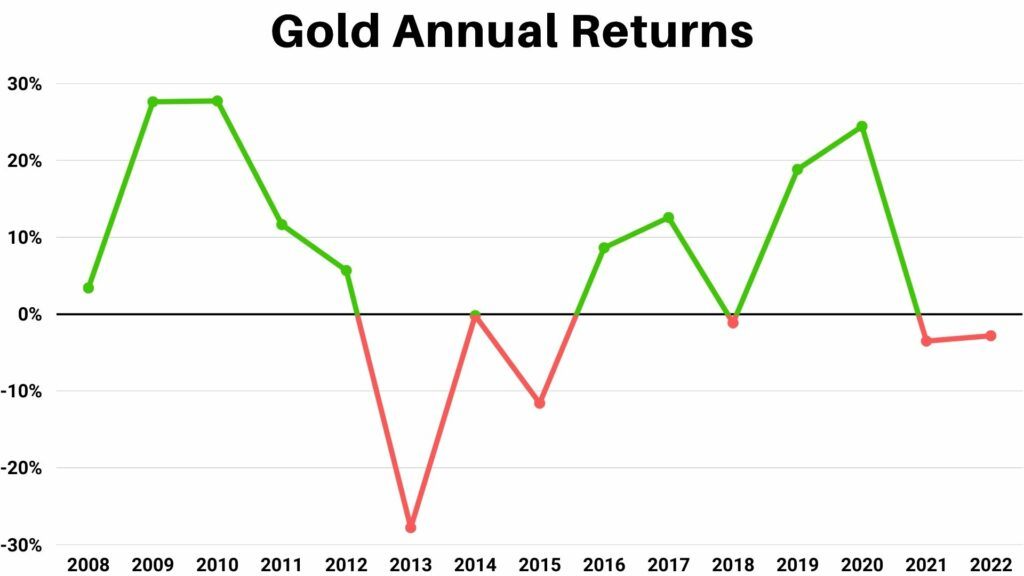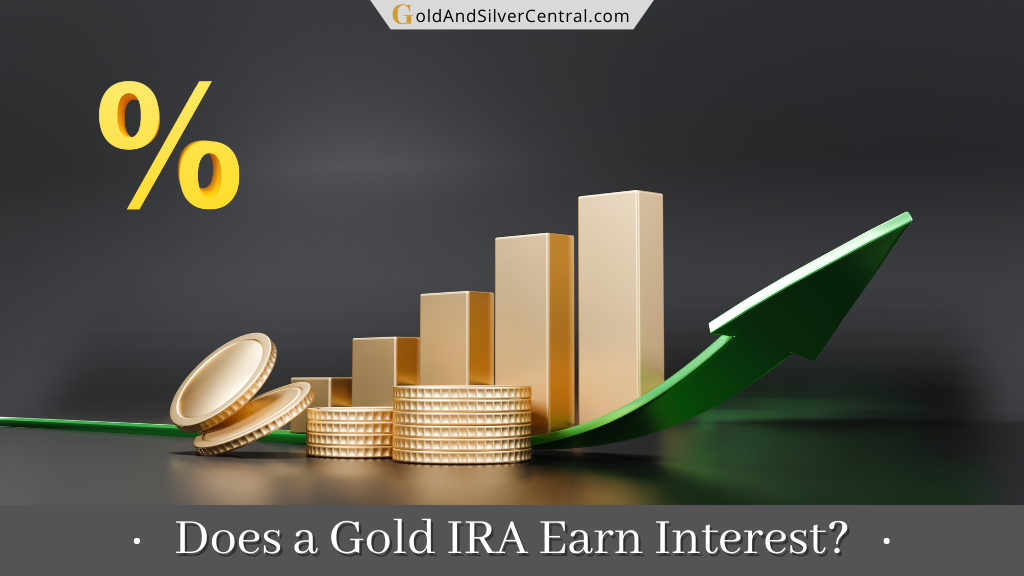Wealth often means different things to different people.
For many, it’s not a number, but what that number represents.
Most people plan for retirement in order to provide security and a comfortable lifestyle after their working years.
There are a few benchmarks to consider, so let’s take a closer look at those.
Affording the Lifestyle You Want
Many smart investors defer spending during their peak earning years in order to ensure that they’ve accumulated enough wealth.
For some people, $1 million is enough for them to support themselves and their spouses during their retirement.
There are a few things that wealthy retirees have in common:
- They don’t have a mortgage
- They don’t carry any credit card or personal debt
- They’ve invested in financial instruments that keep up with inflation (like a gold-backed IRA)
Wealth status can also depend on when a person retires. Many Americans are working later than in the recent past.
According to the Social Security Administration (SSA), folks who enjoyed a normal retirement age of 65 are now in their mid to late 80s.
Today, for people born after 1960, the normal retirement age is 67. If you’re still working, it’s likely that for you it may occur closer to age 70, or even older.
One benefit of working longer, in addition to the higher level of earnings, is the extended timeline for personal investing.
The longer you are able to invest your earnings, the more comfortable your golden years will be.
Another factor to consider is the decumulation rate of your savings.
Most experts advise no more than a 4% withdrawal during the first year of retirement. Thereafter, your safe withdrawal rate will need to be adjusted for inflation.
Another rule of thumb is to have 60% to 80% of your annual earnings accumulated to last the length of your life expectancy.
Of course, no one knows when they are going to die, but there are averages available.
If you retire at age 70 and expect to live to 85, you’ll want to have a nest egg sufficient to last 15 years.
Therefore, folks earning $125,000 at the time of retirement will want to have between $1.125 million and $1.5 million accumulated.
Of course, if your plans include extensive travel or other large expenses, you will want to adjust accordingly.
Another major factor to consider is where you plan to retire.
If it is countries like Costa Rica, Panama, or another low-cost country, your retirement picture will differ greatly from someone staying in the Northeast region of the United States.
Creating a Legacy for Your Family

Another facet of wealth is one’s desired financial legacy.
Generational wealth can guarantee future descendants a life where they will enjoy a higher level of comfort, status, and possibility.
Estate planning and trusts can not only ensure that you enjoy a comfortable level of wealth in your retirement, but they also help to optimize your tax planning and legacy initiatives.
Look:
Rich Life has a different meaning to different people.
For some, it may mean traveling the world after decades of hard work. To others, it means making sure that the future generations of their families are taken care of, even after they’re gone.
However you define wealth, robust planning well before your targeted retirement date will help you meet your goals.
The earlier you begin your estate and investment planning, the better. If you feel like you’ve left it too late, there’s no reason not to get started today.
The effect of inflation can be a significant headwind, as it will affect the future value of your money.
When your aim is to amass generational wealth, inflation is always a concern.
When you start building your family’s wealth, you must include inflation-proof investments in order to offset the loss in future purchasing power.
For example, even if inflation is at or around 3%, a relatively low rate, prices can be expected to double every 25 years.
Creating a portfolio that isn’t diversified to include gold and other precious metals can mean that you have a much lower level of wealth and purchasing power when it’s time to retire.
Investing in a gold-backed fund is an effective way to not only protect your own wealth, but also the financial legacy you wish to leave your descendants.
Whatever being rich means to you, having a plan that anticipates the effects of inflation is necessary.
Now is an ideal time to begin considering adding precious metals to your investment portfolio.
No one wants to work hard all their lives to build a comfortable retirement only to find that inflation has eaten up a large chunk of their portfolio.
Enjoying the Peace of Mind
Let’s face it:
Humans are drawn to the feeling of comfort, and for many, wealth includes the knowledge that come retirement time, they can do what they want when they want.
Whether you have $1MM or $15MM in your account, you won’t consider yourself wealthy unless you have the financial freedom to live your dreams.
If you’re just getting started with building your investment portfolio, you may be unsure about exactly how to proceed.
There are a number of helpful retirement planning calculators that provide a benchmark for how much wealth you need to accumulate during your working years.
These tools can provide a glimpse into how much money you will need to be considered financially free in retirement, but they also give a limited picture.
Portfolio diversity is a key to becoming financially free.
And as you age, solid risk management will become a lot more important.
Working with a firm that offers Gold IRAs will help you ensure that you have the inflation protection you need.
Now, gold and other precious metals are incredibly effective investment tools for offsetting inflation risk.
Gold is also a familiar safe haven during times of economic turmoil that’s been there for centuries.
Have a look at how gold performed well during a highly inflationary period from 1970 to 1980:

As inflation rose during that decade (up to 14%), gold prices soared too.
Remember to account for inflation when both accumulating and decumulating your retirement wealth.
Without inflation planning through an array of investments, you could find yourself with a much-reduced level of purchasing power, just when you need it most.
Don’t overlook the need to hedge against inflation.
With a properly weighted portfolio managed well, you will enjoy a retirement filled with wealth and ease.
Investing in Gold IRA with Augusta
It’s true that wealth in retirement may be a different number for different people, but the main idea is the same across the board.
You want to have enough to enjoy your golden years in comfort.
Reaching this goal is made easier with an Augusta Precious Metals Gold IRA company.
If you’re serious to ensure a brighter future, it’s time to take a serious look at gold individual retirement accounts.
The protection they provide from both volatility and inflation makes them a wise investment.
You won’t have to worry about sourcing, storing, and protecting physical precious metals but will you will glean the benefits of having a strong inflation fighter in your portfolio.
A few of the main benefits include:
- Safe haven during times of economic turmoil
- Protection from value-eating inflation
- The more you invest the lower the percentage you pay in fees
When the economic world is in turmoil, like in 2008 and 2020, for example, the value of equities typically falls.

If you happen to retire during a period of volatility it can feel like your wealth has slipped away.
The same is true if you haven’t hedged against inflation.
When you go to spend your hard-earned and carefully invested money you may be deflated by the low purchasing power it provides.
Investing in a Gold IRA with Augusta helps to alleviate those two risks. And, the more you invest, the lower the percentage of fees you’ll pay.
Keep in mind that the minimum contribution is $50,000.
The good news is, the larger your investment, the lower your fees. Typically, fees are reflected in a flat rate.
If your fund charges $200 annually, you’ll pay an incredibly low 0.4% on an account valued at $50,000.
Lower fees equal greater wealth.
The team at APM is available to answer any questions that you may have while also addressing any of your concerns. Helping you protect your money is their number one goal.
Precious metal investments may not be right for everyone, but if they are an appropriate option for you, now is the time to learn more about adding this financial tool to your portfolio.
To schedule an obligation-free consultation, give Augusta Precious Metals a call at (833) 989-1952.
You’ll learn how and why gold and silver investments are an effective way to protect your retirement funds from both inflation and volatility.



